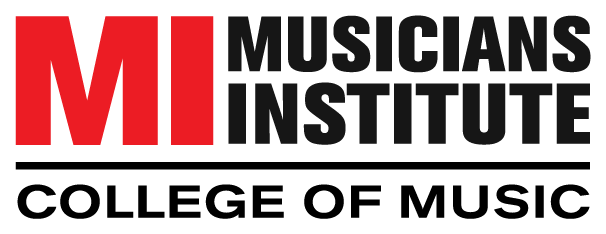The Importance of Automated or Additional Dialogue Replacement (ADR)
The film industry has been doing something for a long time now that you may not have known. The actors in movies that you watch and the lines that you hear – they may not have been recorded at the same time.
Sorry to break it to you like this, but it’s for good reason, we promise!
About 90% of the lines or more that you hear in a major production film are recorded again after the film is shot and the audio is rerecorded in a controlled environment. Why? Well, It’s noisy outside! With traffic, sirens, people having conversations, and more, there is a lot of outside noise that is unavoidable.
Filming often takes place in a semi-controlled environment and of course, the devil is in the details.

Blog Post
"*" indicates required fields
By submitting this form, I authorize Musicians Institute (MI) to make or allow the placement of calls, emails, and texts to me at the phone number that I have provided, including through the use of automated technology, or a prerecorded or artificial voice. I understand that I am not required to provide my phone number as a condition of purchasing any property, goods, or services. I agree to the terms of MI’s Privacy Policy. MI will not sell or rent your information to third parties, and you may unsubscribe at any time.
How can you get rid of the distant hum of a generator that powers the lights in the background? A sneeze, the footsteps of the boom operators as they follow the cast? These are some of the problems that ADR solves. Movies wouldn’t exist as we know them without the assistance of ADR! Let’s take a closer look at what makes this such an important facet of the film industry, and so highly in demand.
This is a skill that falls under the scope of an audio engineer, although it is often less thought of as people tend to associate audio engineering with recording or live music. This might seem a little less flashy but think about it, but if you love film and television, ADR is a very fulfilling and highly sought-after career in filmmaking.
How is ADR Done?
ADR is done once the film is edited. Generally speaking, the film is still recorded with audio and can also be mixed back in if appropriate. It’s worth noting that ADR is not the same thing as dubbing. Dubbing is when dialogue is added to a film in a different language, like the old kung fu movies of the 70s.
The film will usually have been edited and the actors called back into the studio. Now, this practice is not without its challenges, and this is where the ability to work effectively with creatives can aid an engineer. Often this is a few months later and the actor may be doing other projects.
A professional studio is not necessary to record ADR. ADR can be recorded from a home studio, with a couple of pieces of standard recording equipment. A computer with an appropriate program (Audacity is a free download that works) sound-card, mic, noise-canceling headphones, a quiet room, and a monitor is all you need.
Getting the dialogue recorded to sound just right requires knowledge of the equipment used, and it is advisable to try and use the same microphone that was in the original. Aside from this, you need a monitor for the actor to view the performance to match the audio.
Just like recording any other set of vocals, you will need to repeat the scenes to get them right, so make sure everybody is well-rested and ready to work! Depending on the length of the film, the process can take days or weeks.
Once good takes are recorded, it’s all about editing. There are quite a few specialized plugins to check out which can aid in the process, and of course, you’ll likely be mixing in foley and bits of the original recordings to get the space right. This is where the training of the audio engineer comes in. Creating a space with clean ADR lines is a highly specialized skill that is just as highly sought after
Learn More at MI College of Contemporary Music
You can learn more about ADR and this great entry into the film industry by exploring MI College and its audio engineering programs. Their courses will teach you all of the fundamental and specialized skills necessary for this and many other career paths, check them out here.

